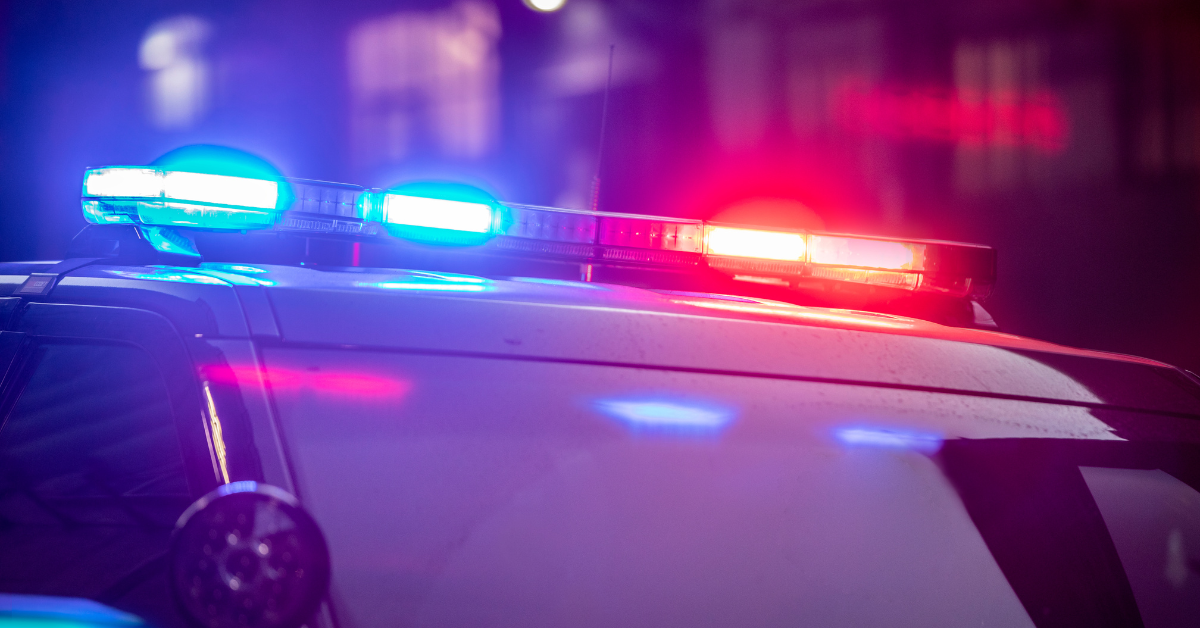April marks National 9-1-1 Education Month, a time to spotlight the critical role 9-1-1 plays in our community’s safety. This month encourages us to learn more about this vital service and how we can use it responsibly. In Oak Grove, we’re joining the nationwide effort to educate our residents on the dos and don’ts of 9-1-1, ensuring everyone is prepared during emergencies.
Understanding 9-1-1
The History and Importance of 9-1-1
The inception of 9-1-1 as the United States’ universal emergency phone number was a watershed moment in public safety. Before its establishment in 1968, accessing emergency services was cumbersome, requiring individuals to dial full phone numbers that varied by area. The creation of a short, easy-to-remember number revolutionized the process, significantly reducing response times and potentially saving lives. Today, 9-1-1 is an integral part of our emergency response system, acting as the first point of contact in critical situations.
How 9-1-1 Works
When you dial 9-1-1, sophisticated routing technology directs your call to the nearest Public Safety Answering Point (PSAP). Here, trained dispatchers quickly assess your emergency, gather essential details, and dispatch the appropriate emergency services—be it police, fire, or medical teams. They’re also equipped to guide you on immediate actions to take while help is on the way. Understanding this process is crucial—it underscores the importance of staying calm and providing accurate information during a 9-1-1 call.
When to Call 9-1-1
Recognizing an Emergency
An emergency is any situation that poses immediate risk to health, life, property, or environment and requires urgent intervention by emergency services. Examples include:
- Medical Emergencies: Such as chest pain, difficulty breathing, or severe allergic reactions.
- Fires: Including house fires, wildfires, or vehicle fires.
- Crimes: Especially if in progress, like burglary, assault, or any situation where someone’s safety is at risk.
- Accidents: Serious car accidents, industrial accidents, or any incident where there are injuries or potential hazards, like chemical spills.
Non-Emergency Situations
Not all situations warrant a 9-1-1 call. Non-emergencies include reporting minor thefts (where there is no immediate danger), noise complaints, or non-urgent civic issues. In these cases, it’s appropriate to contact local non-emergency numbers. This distinction ensures that 9-1-1 lines remain available for true emergencies.
Making the Most of 9-1-1
How to Call 9-1-1
- Stay Calm: Take a deep breath. Staying calm helps you communicate clearly and aids the dispatcher in understanding your situation.
- Speak Clearly: Provide concise, accurate information. Key details include your location, the nature of the emergency, and any immediate dangers.
- Follow Instructions: Dispatchers are trained to offer vital first-aid instructions or safety advice. Following their guidance can be lifesaving.
- Stay on the Line: Never hang up until the dispatcher says it’s okay. They might need additional information or need to update you on the situation.
Teaching Kids About 9-1-1
Children should know how to use 9-1-1 responsibly. Teach them what constitutes an emergency, how to dial 9-1-1, and to know their address. Role-playing different scenarios can be an effective way to ensure they understand and remember what to do.
Your Role in Emergency Readiness
National 9-1-1 Education Month serves as a reminder of our shared responsibility in emergency preparedness and response. By staying informed, prepared, and cautious, we can ensure 9-1-1 remains an effective lifeline for all residents of Oak Grove. Let’s commit to learning about and supporting our 9-1-1 services, making our community safer for everyone!

